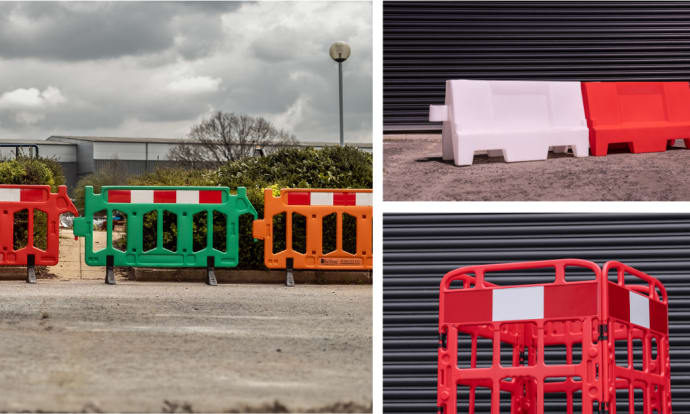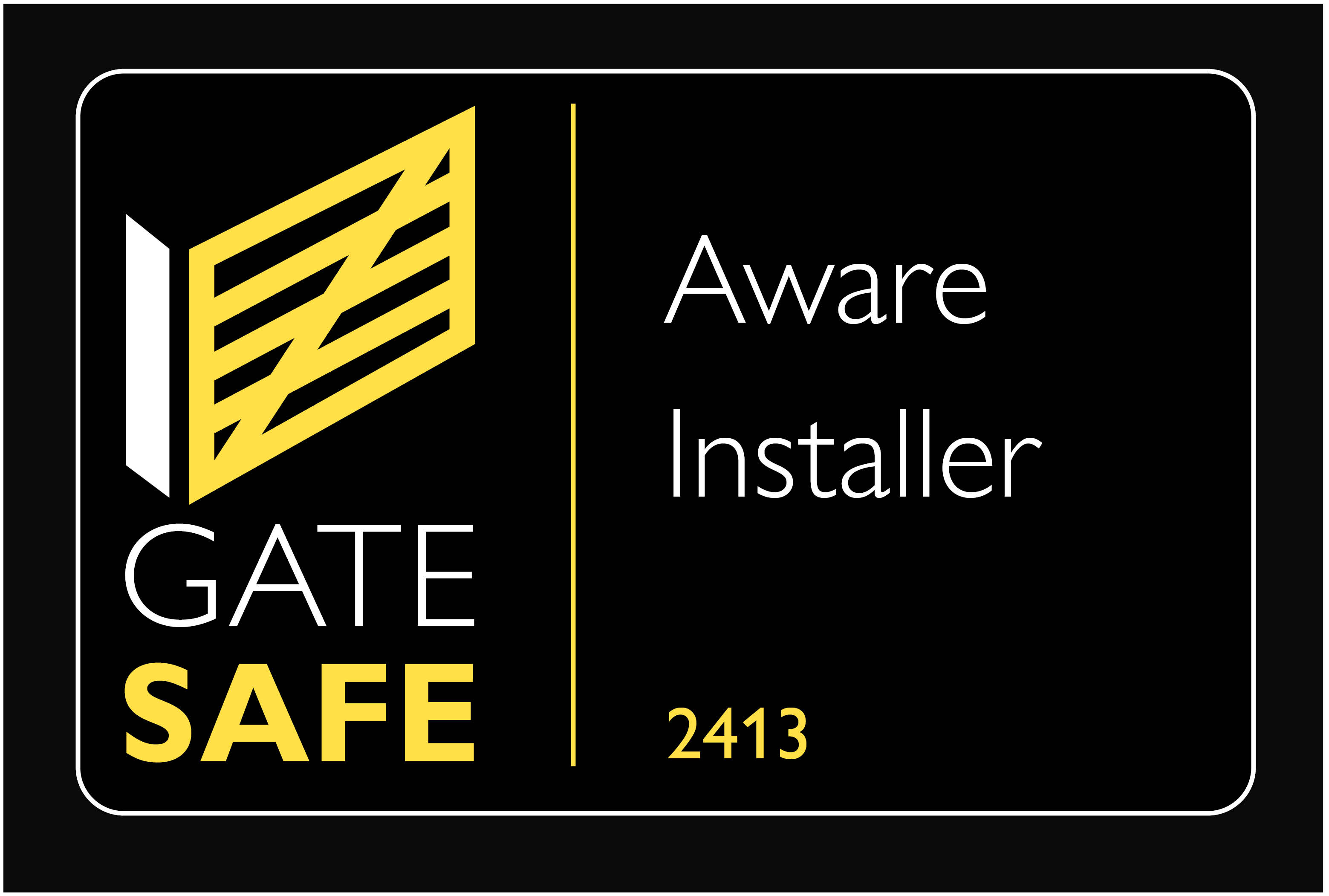How Can Roadside Barriers Help You Manage Traffic?

Expertly Manage Traffic with Roadside Barriers
Whether you’re in a position where you need to put up roadside barriers near school property or on a busy road while getting a construction project underway, knowing what roadside barriers to buy and how they can help is important. Considering how crucial safe traffic management is to people working on a project, as well as cars & pedestrians.
So, in this blog, we’re going to cover all you need to know about roadside barriers.
What are roadside barriers?
Roadside barriers are often classified as barriers that are used to manage traffic while keeping cars & pedestrians safe. Not only that, but the barriers can be easily assembled and transported, adding that flexibility to an ongoing project.
They can also prove to be essential for managing crowds in large public events or warning people of hazardous areas.
The roadside barriers that are offered by First Fence are as follows:
- Chapter 8 Plastic Barriers: can be used on high-speed roads, due to being reflective and providing excellent visibility. As well as being lightweight, easy to transport, durable, and strong enough to withstand impacts. The reflective panel is Class R1, meaning it has 20% more reflectivity than standard reflective material.
- Water Filled Barriers: heavy-duty barriers that can be filled with water, increasing their overall weight substantially. Especially useful in increasing impact resistance. Most often used on road works, to protect workers from accidental car crashes.
- Collapsible Pedestrian Barriers: easy to assemble/disassemble and move, these barriers are perfect for ongoing roadworks that require the safety barriers to be moved often.
An important note to remember is that plastic barriers are extremely hard-wearing, reusable, and easy to recycle.
What are roadside barriers’ applications?
Roadside barriers tend to be used in numerous ways around roadworks or construction projects that overlap public roads. They’re especially useful in managing traffic, keeping cars and pedestrians safe, as well as keeping the traffic moving.
Besides that, roadside barriers can act as an excellent hazard warning, moving the traffic along safely, whilst announcing what to avoid. Additionally, these barriers can be used for crowd control in public events, where there are large crowds of people. For example, festivals.
Moreover, roadside barriers are made to be easy to put up and transport. Meaning that they’re especially useful in situations where the barriers need to be adjusted and/or moved constantly. For instance, roadside works where the work is only done on one section at a time.
Benefits of roadside barriers
First and foremost, roadside barriers are important to make sure you’re following regulations and laws. Especially regarding traffic or crowd control, where other people's safety relies on it.
Additionally, roadside barriers are easy to transfer and set up. For example, Chapter 8 plastic barriers, which are lightweight and easy to transport, or water-filled barriers, which are only difficult to move while they are filled with water.
Moreover, some of the benefits can include:
- Flexibility in establishing an area. Due to their being easy to move and connect, roadside barriers can cover various areas of different sizes and forms.
- Roadside barriers are strong and durable. Considering that they’re made to manage traffic and withstand car collisions while protecting pedestrians and workers.
- High visibility. The barriers are made with high-vis elements and in bright colours. Making them easy to notice, regardless of weather conditions or time of day.
- It can work as a short-term or long-term solution.
How do roadside barriers work?
Considering that the highest priority roadside barriers have is safety, how do they work to protect pedestrians & cars alike?
In its essence, roadside barriers work to prevent any crashes or traffic incidents. By effectively managing the flow of traffic, being highly visible and acting as a ‘caution sign’, as well as meeting laws & regulations.
Additionally, the barriers are made to be strong and durable – to be able to withstand possible car crashes (especially water-filled or heavy base roadside barriers). They’re excellent at withstanding the force a car crash can bring and can minimise damage and danger to people.
Although it’s important to remember that there are a lot of nuances to managing traffic and most of the time decisions need to be made case-by-case basis. So, if you’re not too sure about what your project needs, it might be a good idea to contact a traffic management professional.
What are the key issues traffic management solves?
So, if you’re choosing how to solve traffic management for your project, here are some things that you must consider.
- Keeping vehicles and pedestrians separate: providing adequate entrances & exits, walkways, and crossings helps you separate the traffic and keep everyone safe. As well as making sure your signage has high visibility and is clear of obstructions.
- Minimise/streamline vehicle movement: make sure to keep vehicle movement to a minimum around the site. Due to vehicles taking up a lot of space, which in cases of roadwork can cause significant obstructions to traffic. You should also be mindful of parking for workers and storage areas for delivery vehicles and parts. By showing visible vehicle pathways and keeping them clear, this also allows for quick access for emergency services to both staff and the public in case of an accident.
- Managing workers on site: as an employer, you have to make sure that all the workers are knowledgeable in traffic & construction site safety. It’s especially crucial for workers who operate heavy machinery to designate areas of operation.
- Maintain high visibility: while planning and setting up a site, you should be mindful of all parties involved. Make sure that pedestrians and cars have minimal obstructions and can safely move around your site. Besides that, ensure that workers are wearing high-visibility clothing and that heavy machinery operators have mirrors, cameras, or alarms in place to help them see movement around the vehicle.
- One-way traffic system: a lot of accidents occur while vehicles are going in reverse. A good way to avoid this is to set up a one-way traffic system within the site.
- Signs and barriers: make sure that the appropriate signs and barriers are set up around the site, so that anyone passing by can understand what is going on and take their own precautions on top of your own safety measures.
Final Thoughts
All in all, roadside barriers are a must for managing car and pedestrian traffic. Especially in cases when you’re working on something that restricts road access.
So, always make sure to be up to date with relevant laws and regulations and how they apply to your specific situation while making your choice.












